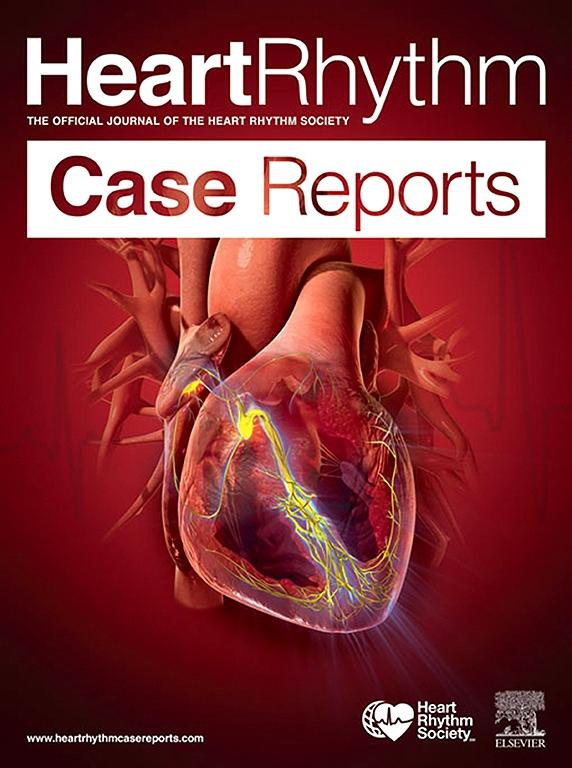
A Case Series of Profound Bradycardia in Patient with Severe Anorexia Nervosa: Thou Shall Not Pace?
Bradycardia is common among patients with severe anorexia nervosa (AN). Though generally reversible, marked bradycardia may be worrisome to clinicians with limited experience treating eating disorders. While most patients are asymptomatic, a significant minority present with presyncope, lightheadedness, fatigue, and exercise intolerance that could be construed as concordant with current guidelines for permanent pacemaker (PPM) implantation. However, symptoms may not reflect bradycardia per se, but rather extreme malnutrition, deconditioning, and hypovolemia associated with restricted caloric intake and purging. Guidelines on the evaluation and management of patients with bradycardia enumerate many potentially reversible causes of sinus node dysfunction, but do not mention severe AN, nor do they proscribe PPM among eating disorder populations.
The degree of bradycardia can be extreme, with junctional escape rhythms as low as 20 beats per minute (bpm) and may be an indication for hospitalization. In a prior inpatient case series the mean heart rate was 44 bpm, with 69% of patients less than 50 bpm. Several mechanisms have been postulated to explain bradycardia: increased parasympathetic tone, decreased intracardiac glycogen stores, and myocardial atrophy with resultant structural changes, including fibrosis, on gadolinium-enhanced magnetic resonance imaging.
Despite functional and structural myocardial changes, bradycardia may principally reflect reduced metabolic demand and cardiac output as a compensatory response to starvation. Weight restoration, therefore, is the mainstay of treatment, with normalization of heart rate upon achieving 85%–90% of ideal body weight (IBW). Despite this natural history, profound bradycardia is often distressing to caregivers and may lead to unnecessary PPM placement and attendant iatrogenic morbidity, including exacerbation of existing distorted body self-image. Given this background, we present AN patients transferred to our medical stabilization unit with marked bradycardia, all of whom had manifestations typical of “symptomatic bradycardia.” Two were initially referred by outside facilities for PPM, and had recent pacemaker implants, which we ultimately extracted. Our analysis received exemption from the Colorado Multiple Institutional Review Board (Protocol 19-0547).


